
A semi-rest day with a short distance of just under 10 miles. How does the body react after the 47 km the day before? Along the river Maas to Roermond.
Although I was a little cautious because of the aching left shin after the previous stageI knew as soon as I got up that this would be I immediately knew this would be a good day. It was really weeks ago that my body felt so supple. In the past few weeks, there was always something that was stiff, so much so that I was afraid that I wouldn't be able to run. After trips on the Me-Mover earlier in the week, the confidence came back a little. But now I felt really like I was liquid energy. Ready to start, but in my own natural way, instead of as an angry racing monster roaring at the traffic lights.
Still I would restrain myself this day. You never know how things will go while running and I wanted to listen to my body. So today I would limit myself to a short route of almost 16 km: from the bed and breakfast to Roermond along the river Maas.
You might be wondering: why didn't you just take a rest day altogether to see how things were going? I can tell you, it has nothing to do with planned mileage goals for the Boucle du diabète or the Great Virtual Race Across Tennessee. It's actually necessary to continue running if you're going to multistage. Rest makes you rust. Stopping means that you lose the flexibility in your muscles and become more and more rigid. Not a good idea and that's why I'm doing this short round.
Castles and ruins
The route also helped me not to go too fast. I had not yet left Swalmen when I found myself face to face with a garden full of fantasy castles and oriental houses. ‘Little Madurodam’ seems like a fairy tale park. To be honest, I have no idea if this is part of the official route. Because I wanted to start from my accommodation, I adjusted the route of the Maas-Niederrheinpad a bit. Mainly with the aim of not wanting to miss the castle ruins.
All these castles and ruins overlooking paths winding through the hills and along large farms, really are part of the Limburg landscape to me. Apparently the ruins here are such a part of that landscape that even in this beautiful weather they hardly attract people. Also the ‘forbidden paths’ that lead to the ruins themselves are hardly entered.
It is remarkable that there are still remains of this castle Ouborch. Presumably it has been in ruins since a fire in the 15th century and the stones were used by the local population until the 19th century.
The power of the Meuse
Not much later I am standing on a promenade along the river Meuse. At this point it is very wide, so wide that there are several islands in it which you can reach by boat from Swalmen's marina. A modern promenade like this feels a bit strange: apart from a few restaurants and a handful of houses, this is a quiet rural area.
Despite the current tranquillity, this area has been inhabited for a very long time, as becomes clear at the Dionysius church a few hundred metres further on in Asselt. The church itself probably dates from the 11th century, but it also contains remnants of the heating system of a Roman villa that must have once stood in the region. I'm a bit ashamed to have stopped here again for photos, but I had decided that this was going to be an easy hike.
The story of the village of Asselt becomes even more hilarious when I read one of the signs at a large farm. In the 9th century the area fell to the Frankish emperor Charles the Fat, who is said to have stayed here in the Koningshoeve on his way through. Later the Normans invaded the place. You wouldn't know it if you saw the village now, but it does underline the importance of large water connections, such as the Meuse.
Pools of Asselt
Despite what the name might suggest, the trail didn't simply follow the river Meuse to get straight to Roermond. First I had to walk a bit inland to get around the Asseltse Plassen (large pools). These pools originated as gravel pits, creating a peninsula and some ponds near the river Meuse. The result of this water-rich land: many flowers and many dragonflies.
Regularly I saw dragonflies with black wings flying (I suspect banded demoiselles). Of course I was distracted by this again and tried in vain to get one on the photo. That easy' part of the hike definitely succeeded.
What I also noticed immediately: this part of the trail was not very busy. In the case of this fertile land, that meant that many paths were overgrown. Sometimes I didn't even know whether I was following the right path or not, the grass was knee high and sometimes only a thin line ran through it. That must be the path I thought, and it will probably be better later on, but in reality that ‘path ’ often ended in a fishing spot at the water instead.
Burning
With burning I don't mean the sun this time, because of course I had put on lotion and it was a relatively short walk. No, the further I came, the nastier the grass. Because there were now also some trees growing around it, it meant that there were many flowers with stinging nettles (fire nettles in Dutch) hidden in between. I only realised the latter when I had a very nasty feeling of needle stinging on my bummed shins…
It was impossible to completely avoid the nettles on this narrow path. And I didn't have long pants with me. In the meantime, I could hardly keep away from the painfully itchy spots, even though the path would continue for at least several hundred meters.
On the map of my watch I looked for ways out, but there were hardly any. Making a detour of more than a kilometer was a possibility. After some searching on the phone, I also found what plantain should look like (I'm not really a botanist) and crumpled up a few leaves to rub on the sore spots. Fortunately, the detour did lead me past some beautiful horses, which lifted my mood for a while.
On the road
Fatigue doesn't add up miles, it subtracts. It doesn't really matter if you run 10, 30 or 100 km, just before the end it's easy to lose motivation a bit and start slipping. Especially when I approached the borders of Roermond and was sent along a boring industrial area (kilometers of asphalt). A real pity.
To increase my motivation I decided to listen to a podcast. My running book about Mimi Anderson’s run across America adventure didn't seem like a good idea, as it talks about tough parts of races, or even injuries, which may demotivate even further. Instead, I decided to opt for ‘Life’s a Beach‘, the supercampy virtual travel program by Alan ‘Chatty Man’ Carr.
In the end I reached the centre of Roermond laughing. It was not fast, but fortunately the slowness was not due to pain. Apart from the nettles, I had not felt any complaints from the legs the entire way. I was so happy about that. I was even looking forward to the next stage when I would run to Roermond again.
Next stage: Herkenbosch-Roermond.
About the route: The route of this day is a slightly modified version of stage 18 (map 54-56) of the Maas-Niederrheinpad.
Because of the length of the story, I decided to break it up into five parts:
- Part 1: the preparation, running holiday in Limburg
- Part 2: running via the German Brüggen to Venlo
- Part 3: fires between Swalmen and Roermond
- Part 4: passage from Herkenbosch to Roermond
- Part 5: flowers everywhere between Venlo and Arcen
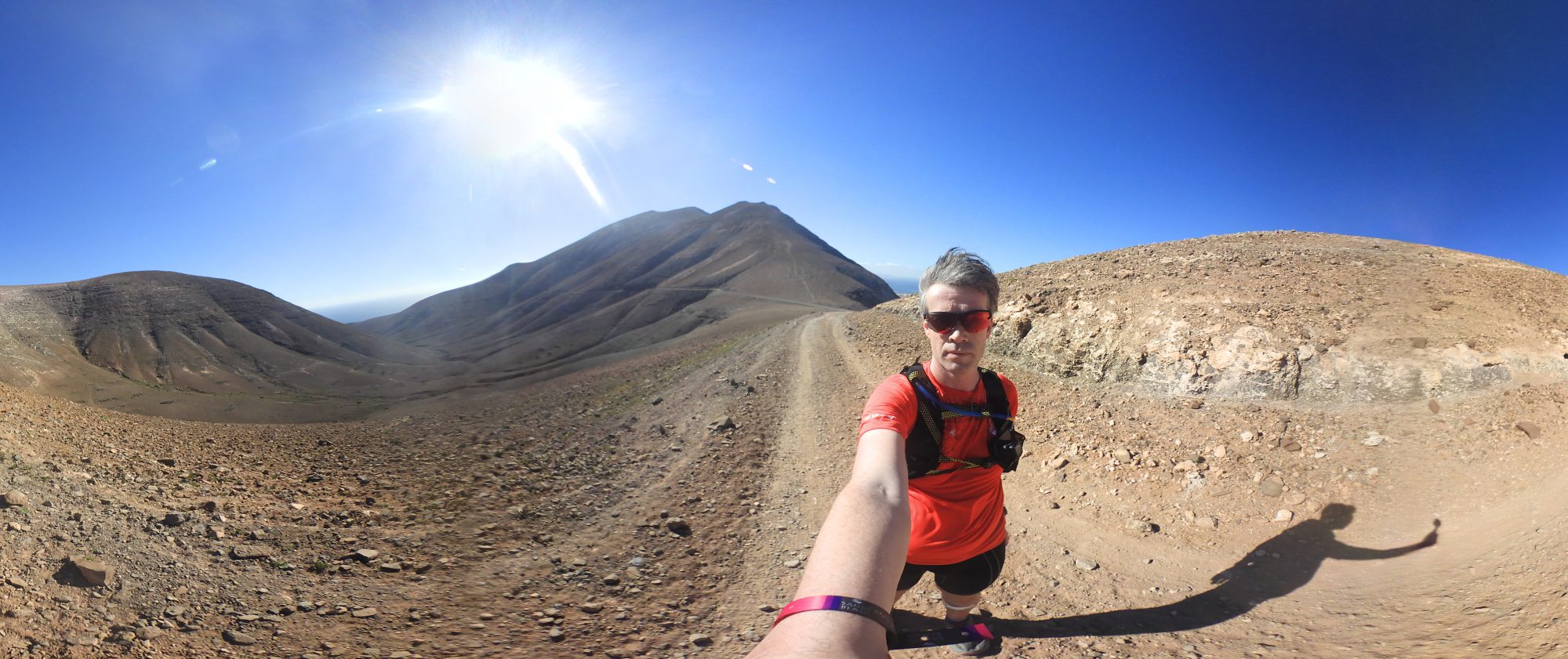



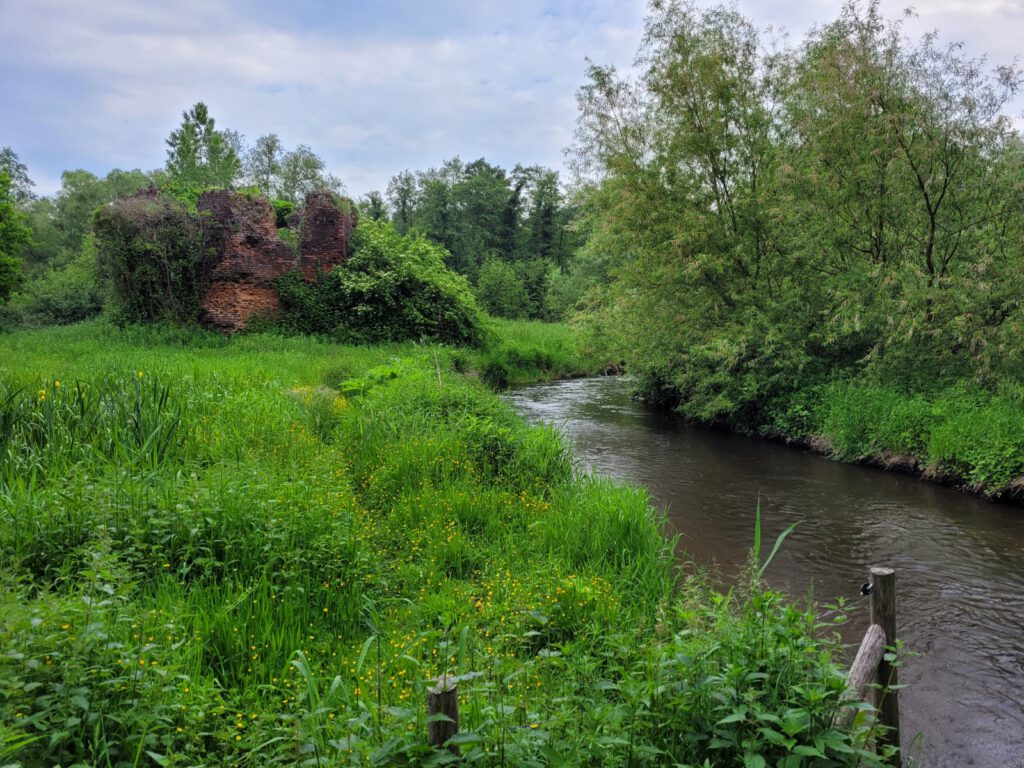
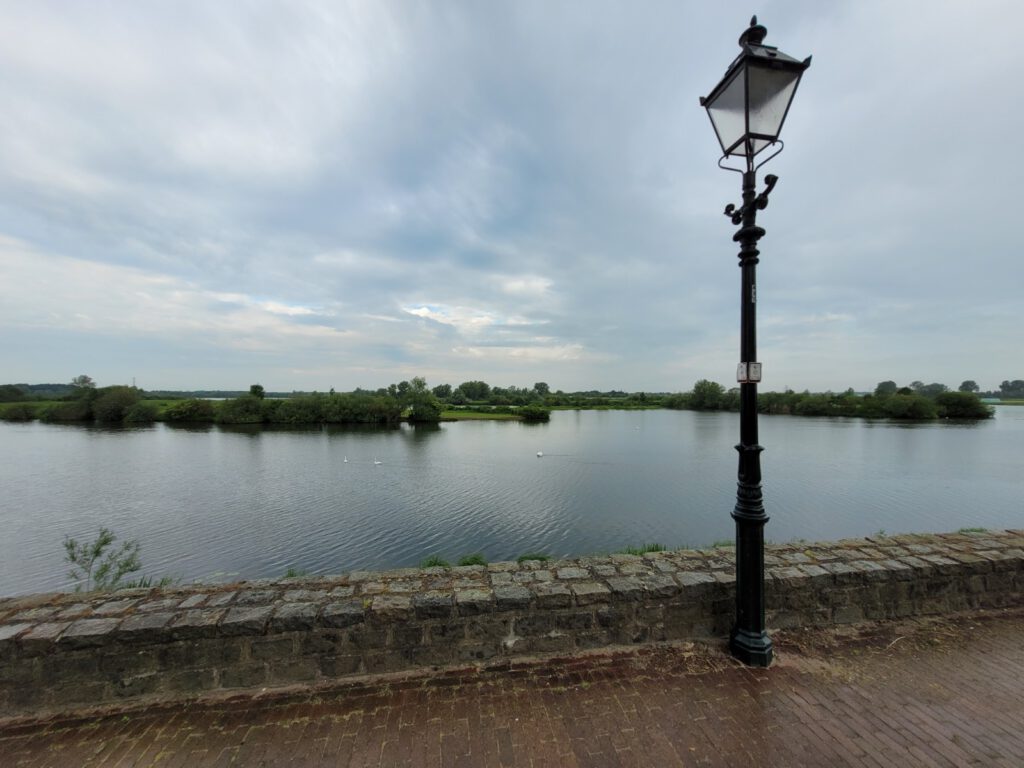
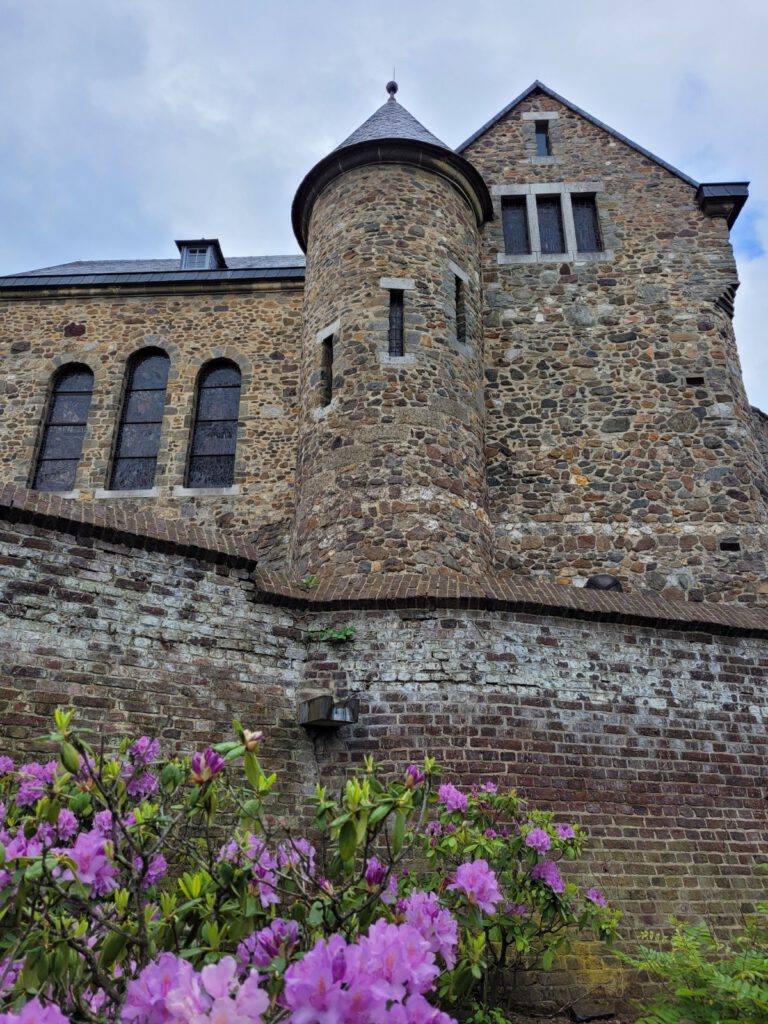

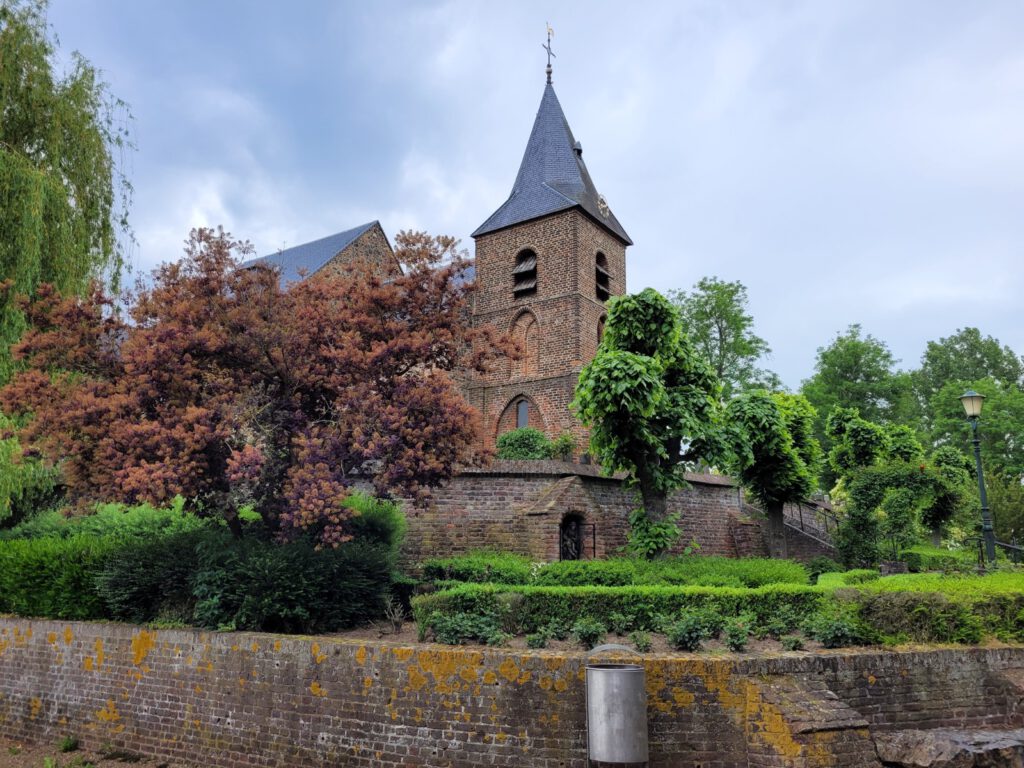
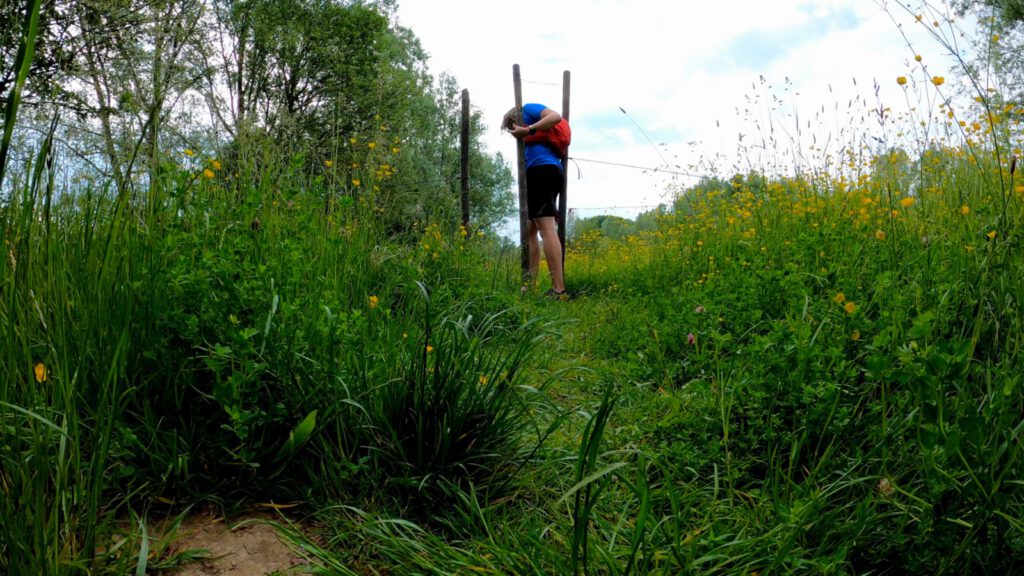


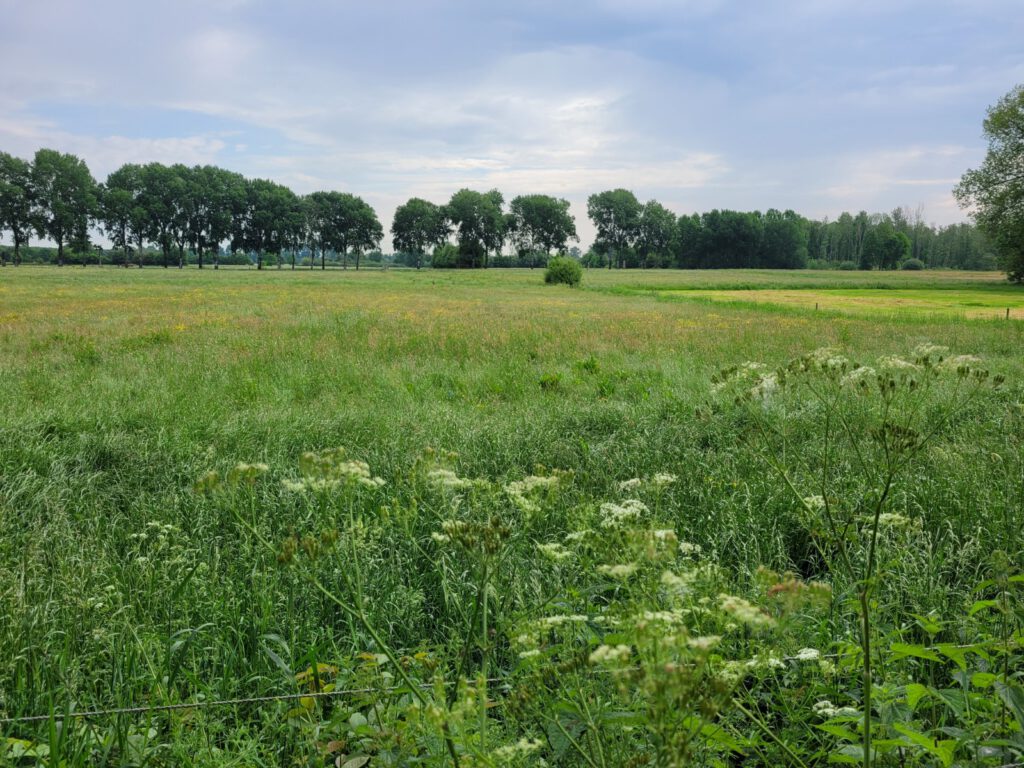
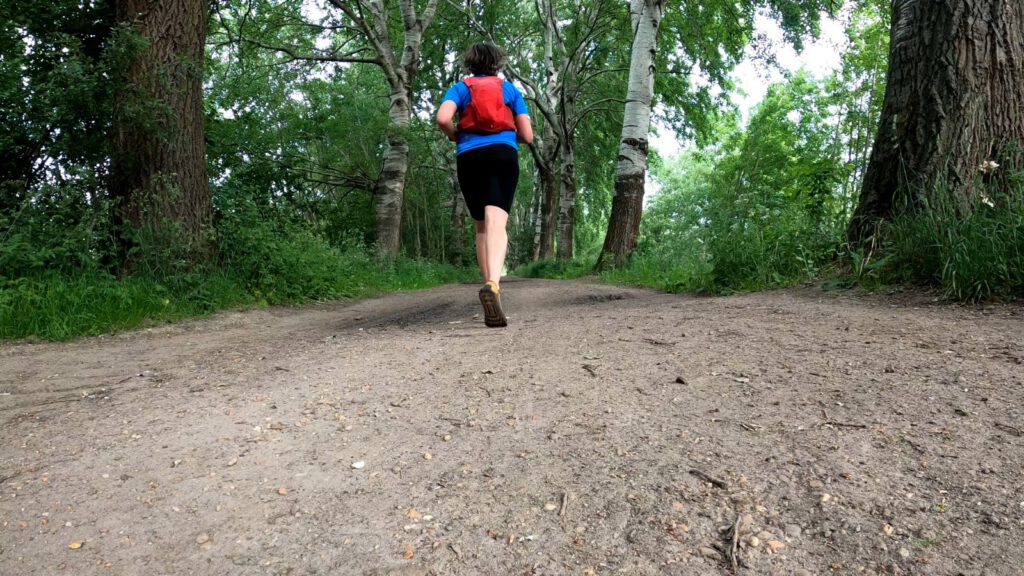
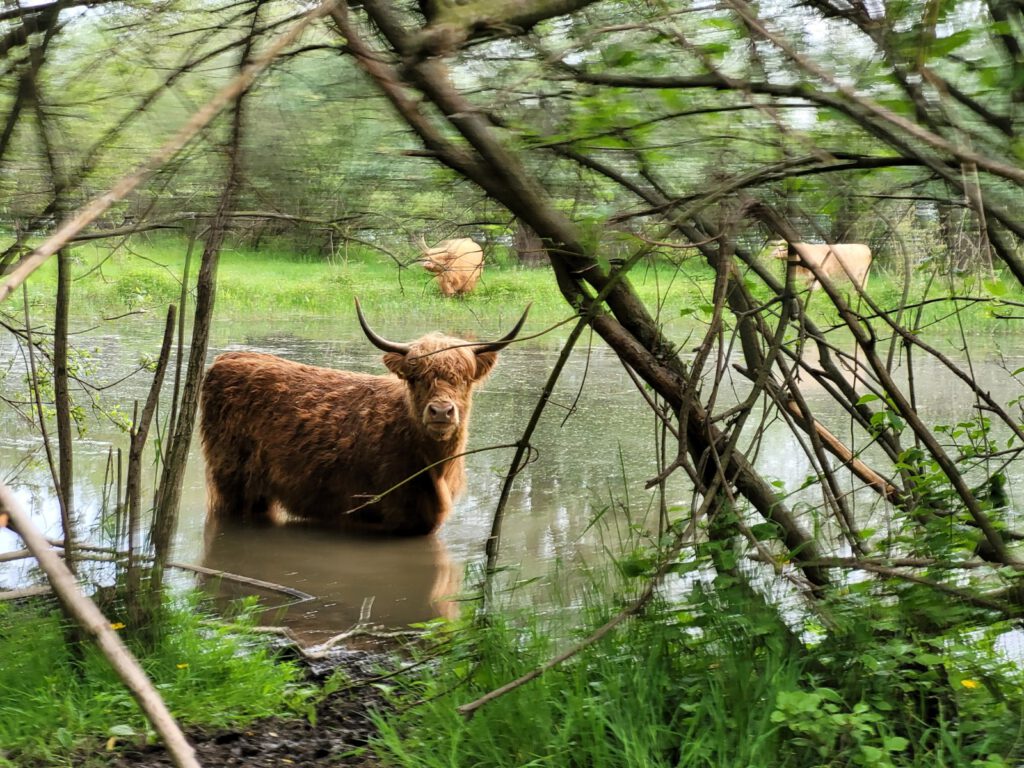

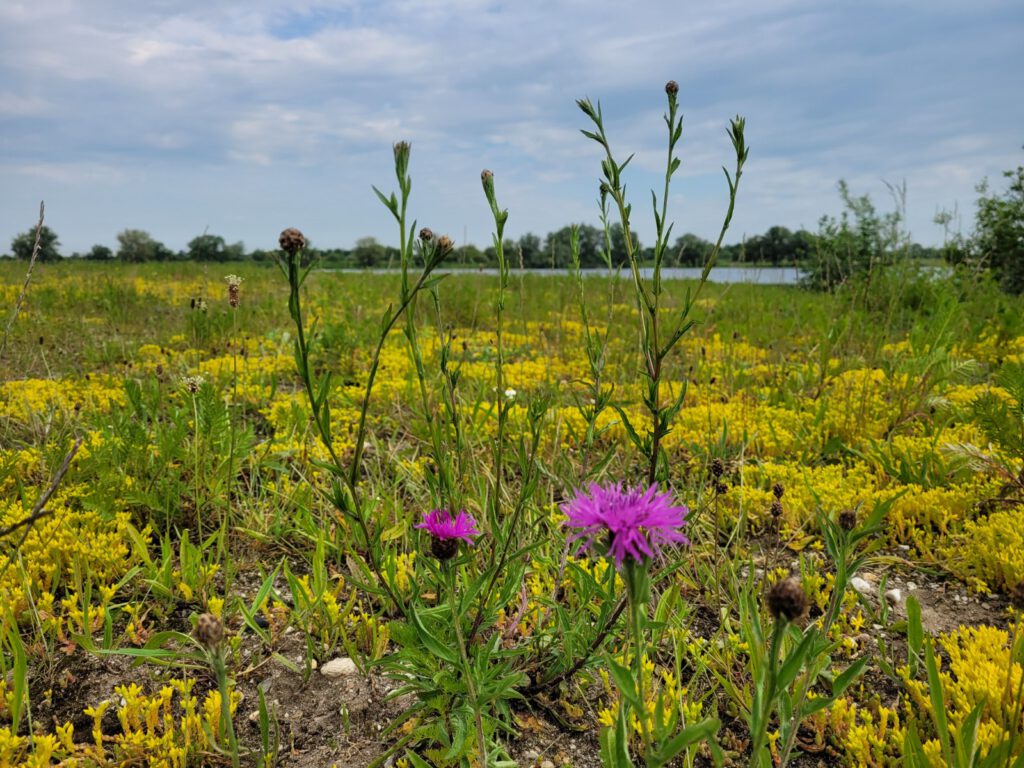
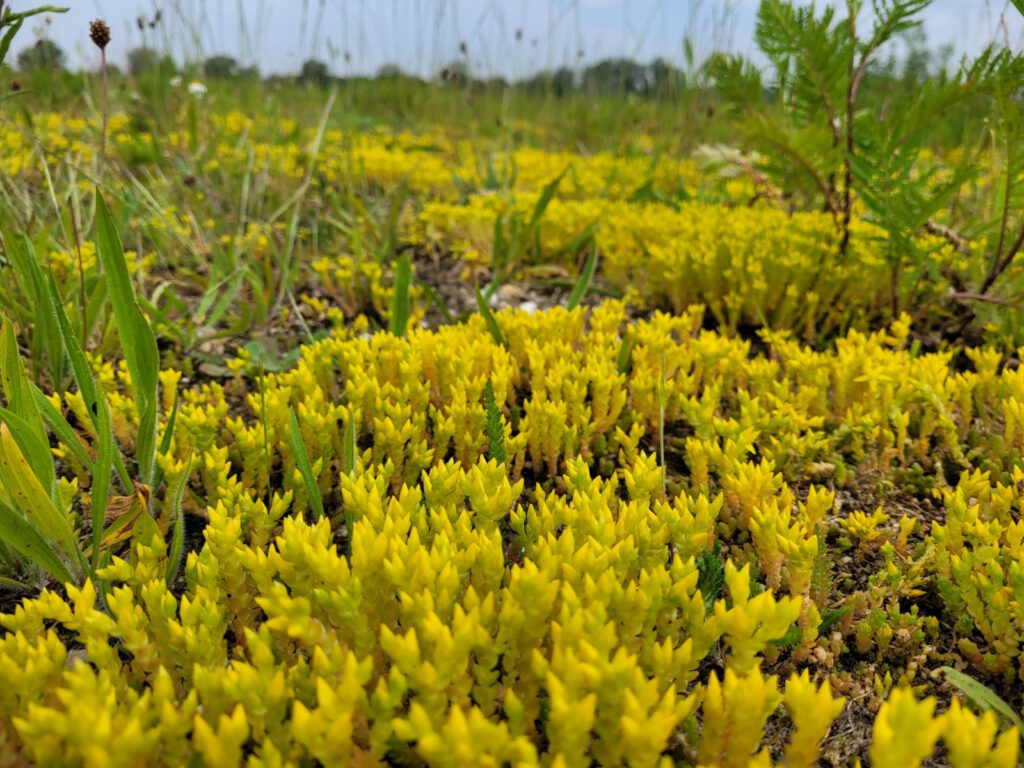
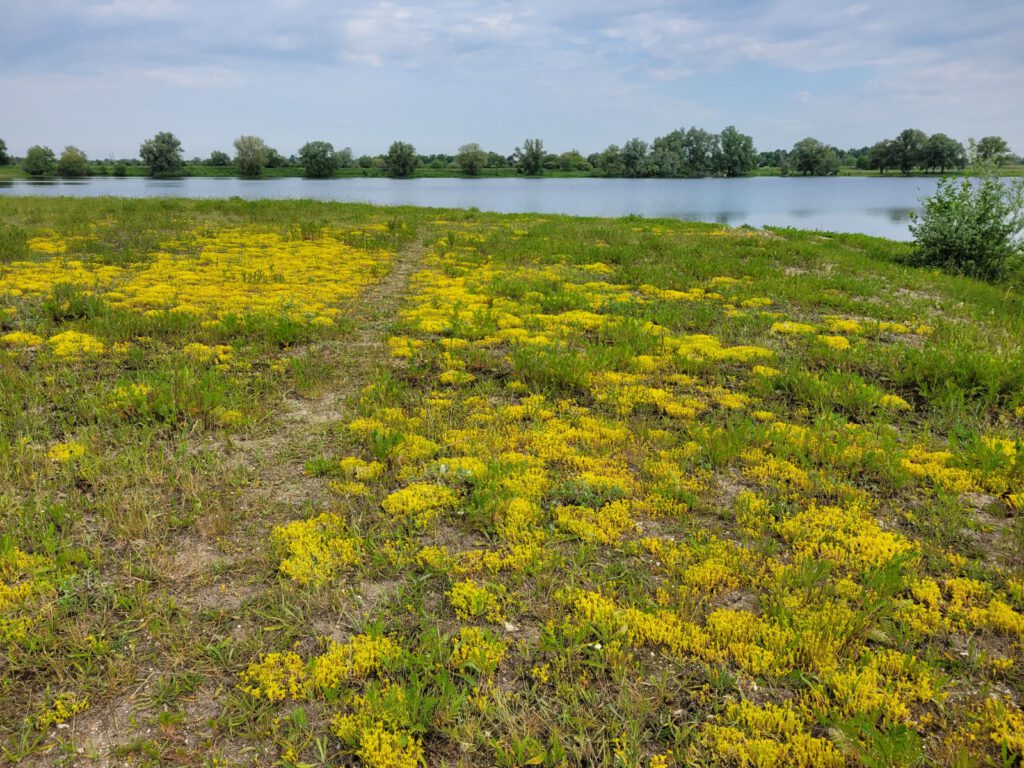
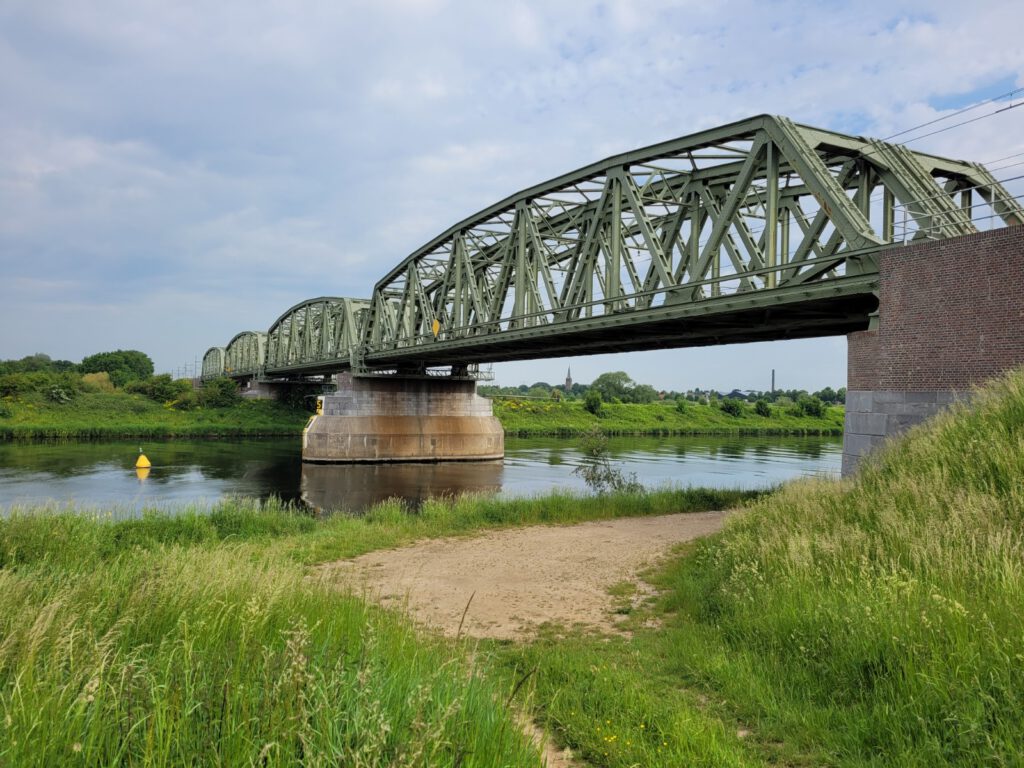
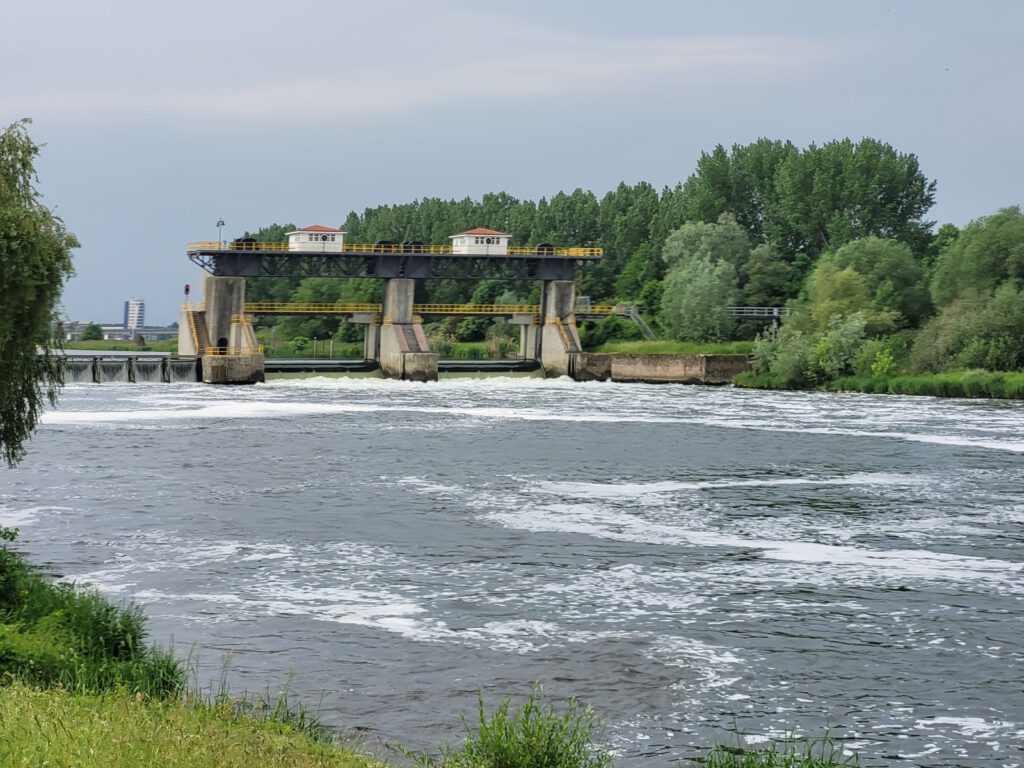

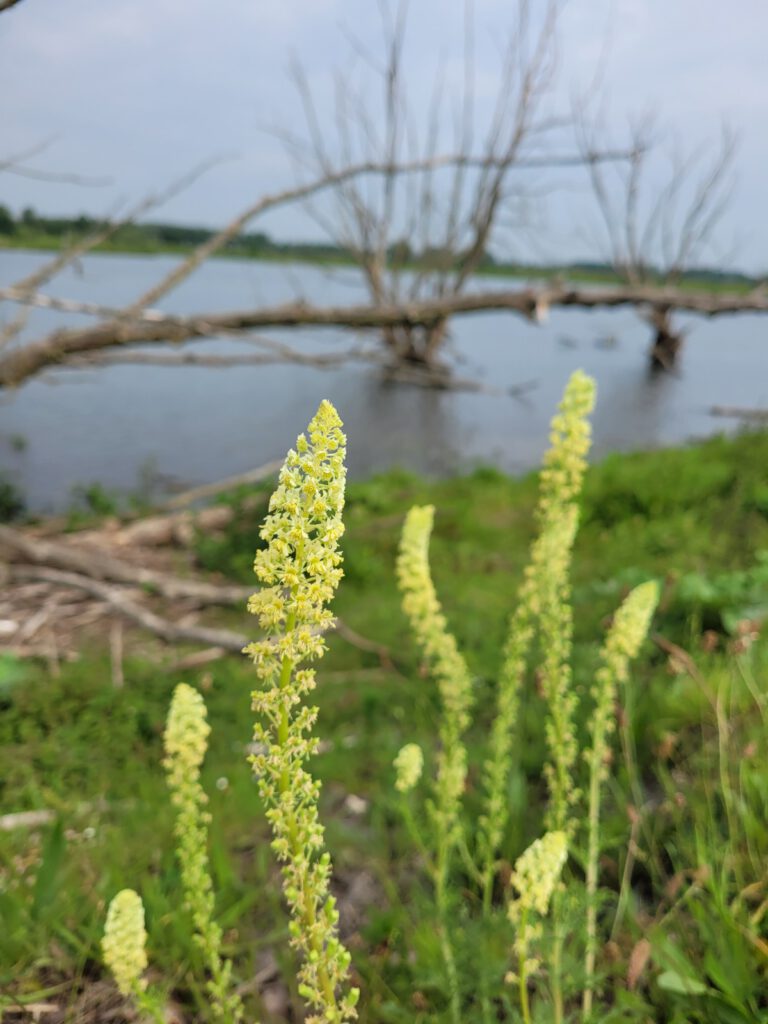
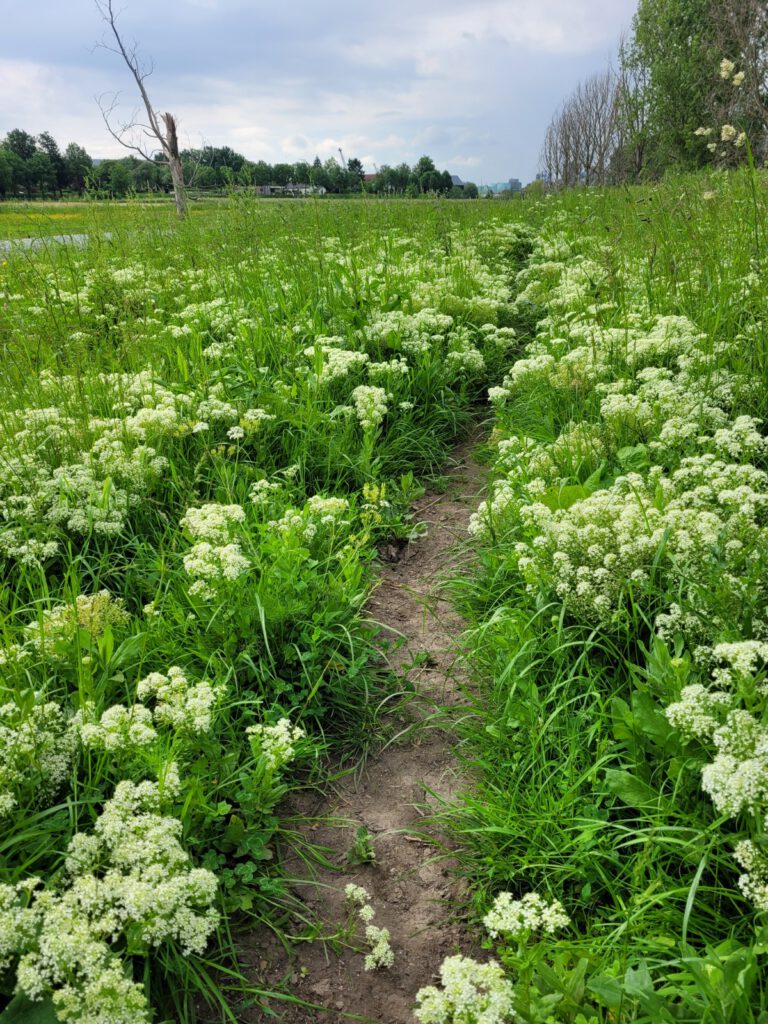
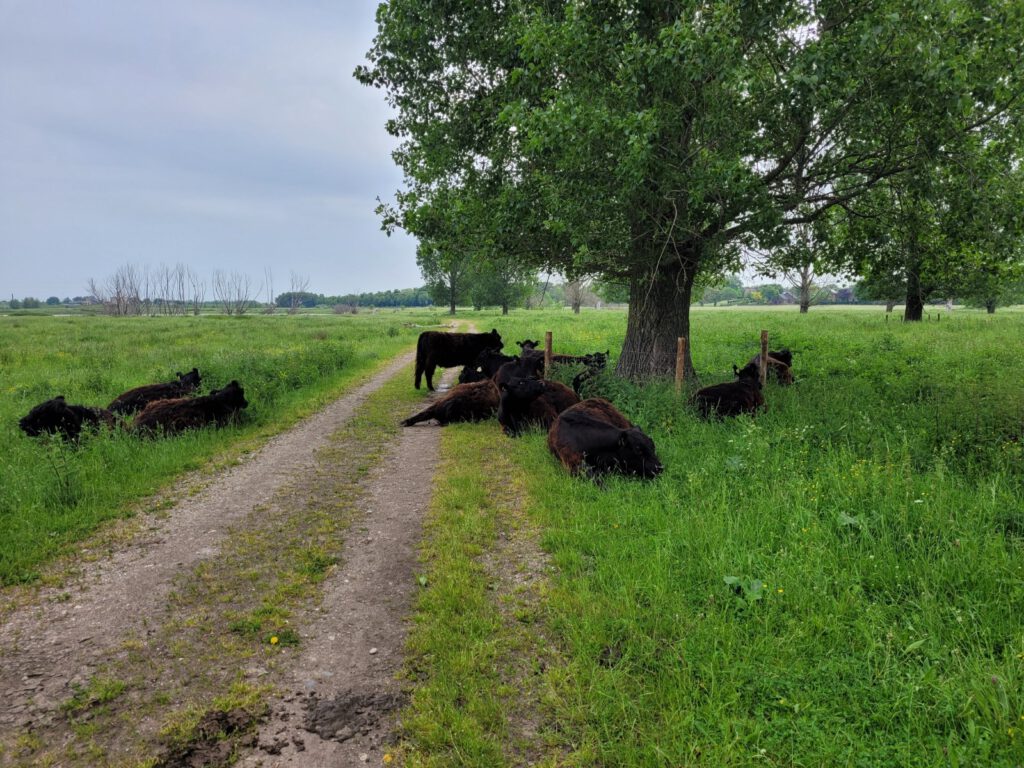
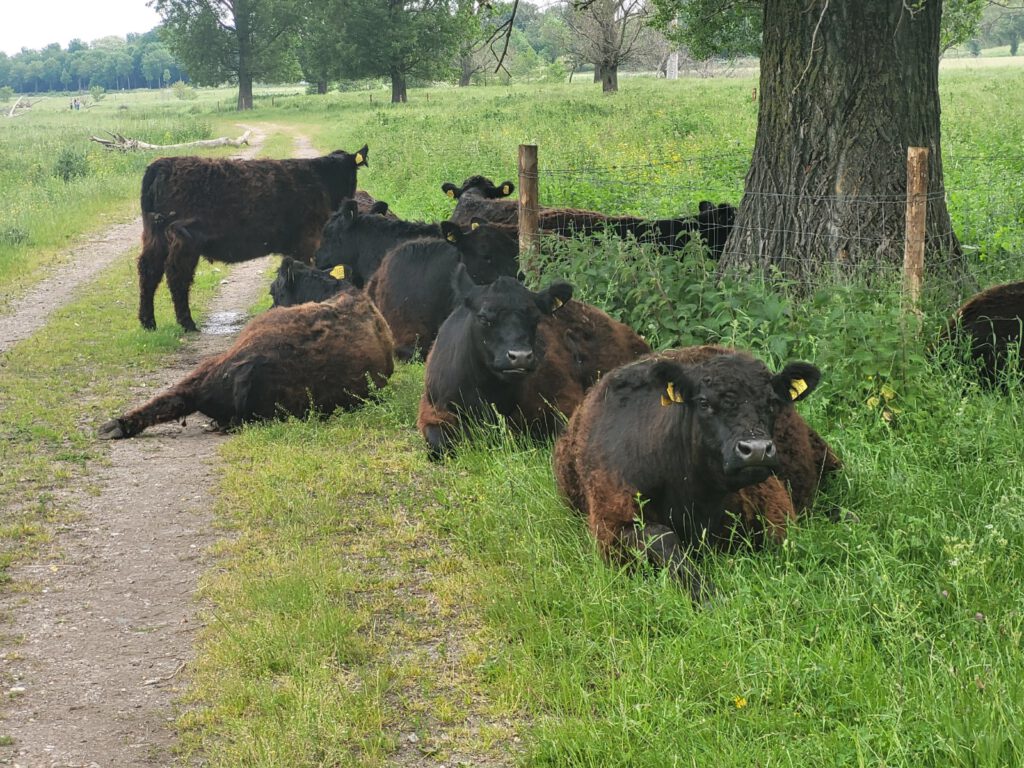
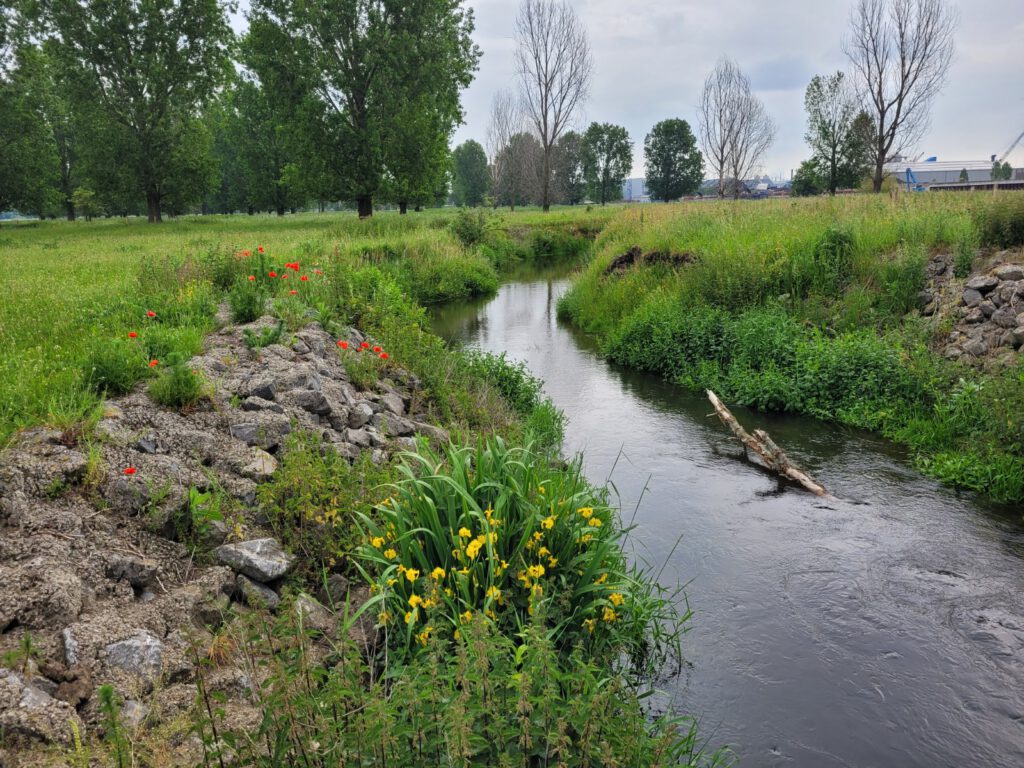
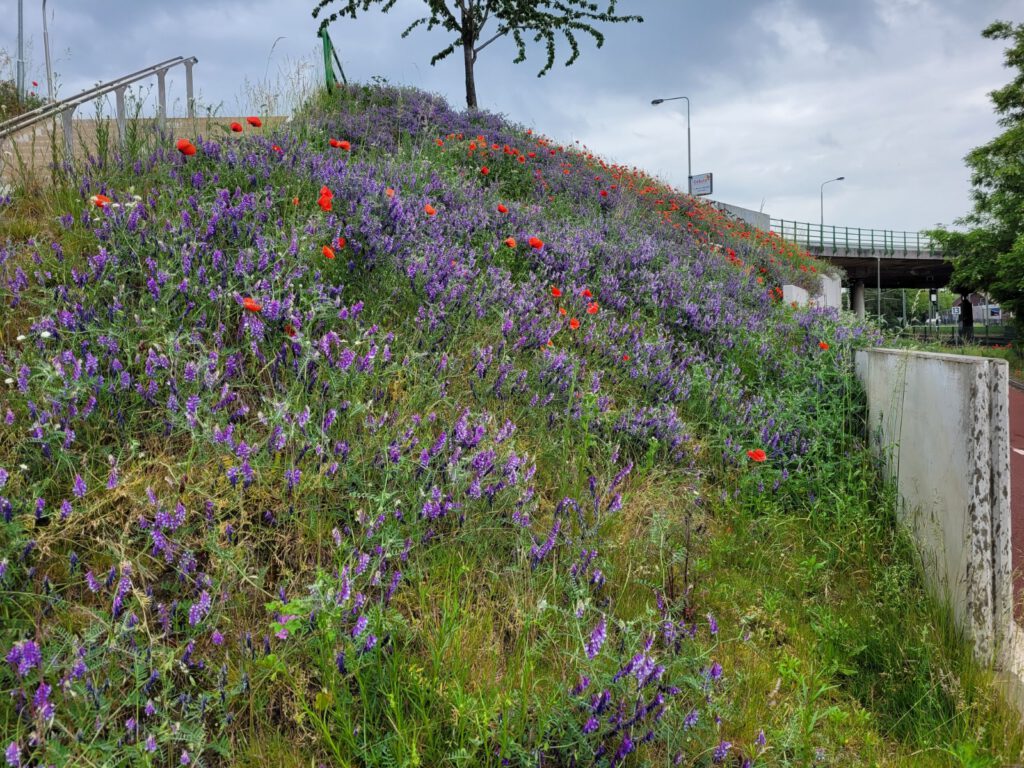
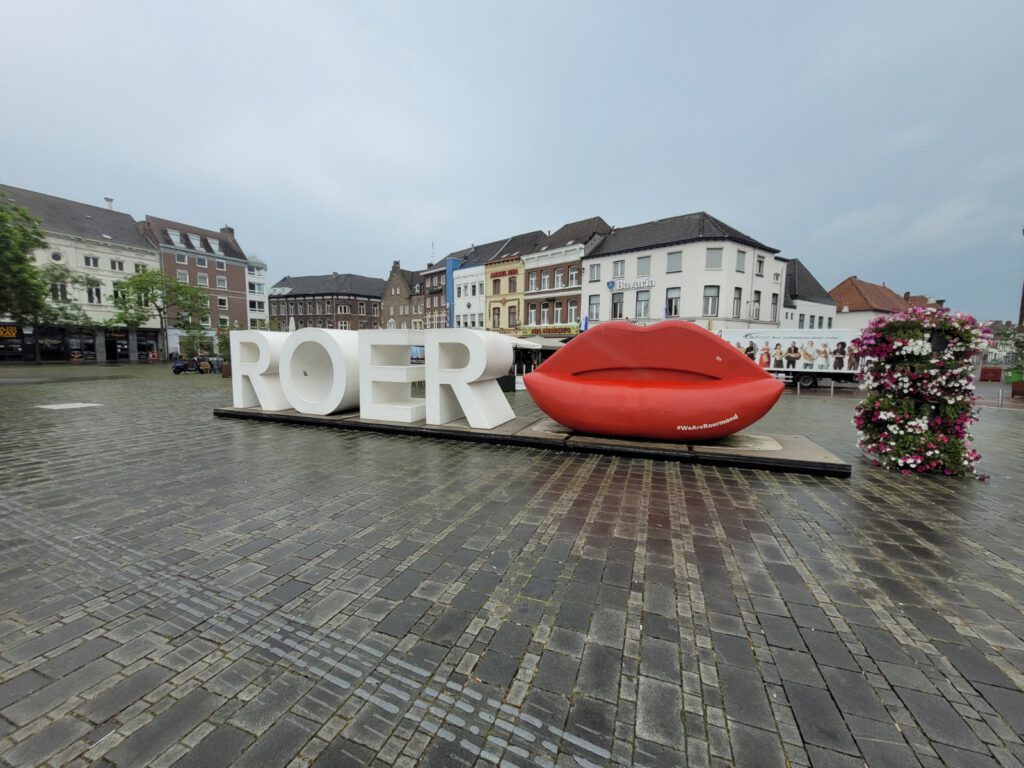
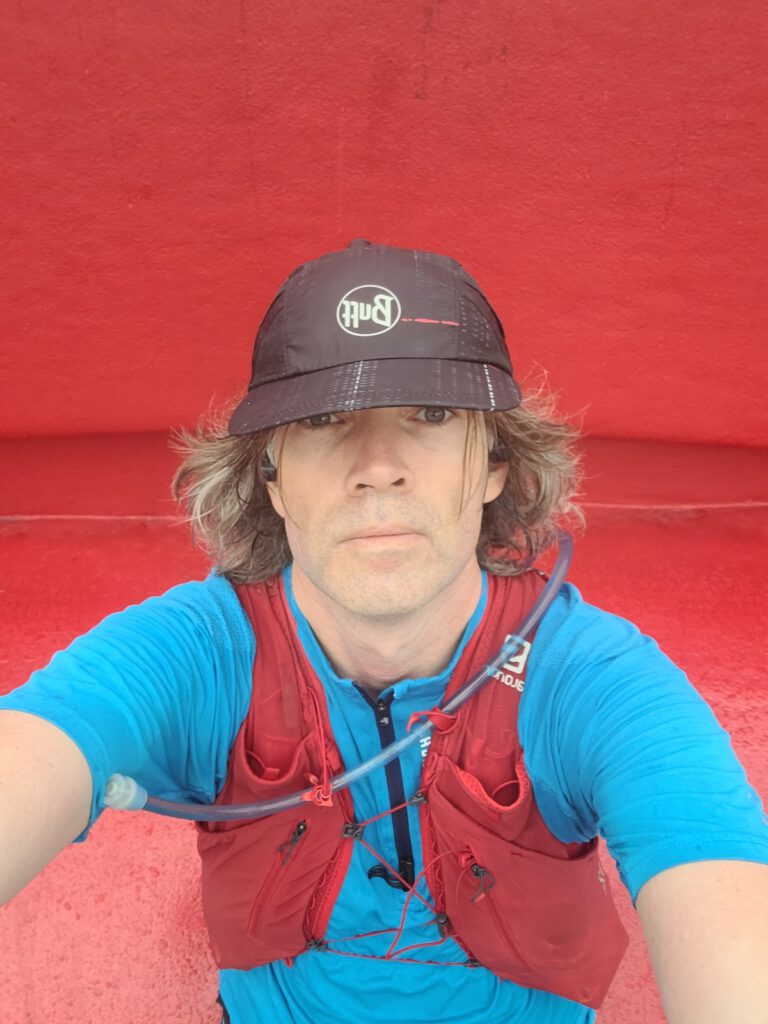
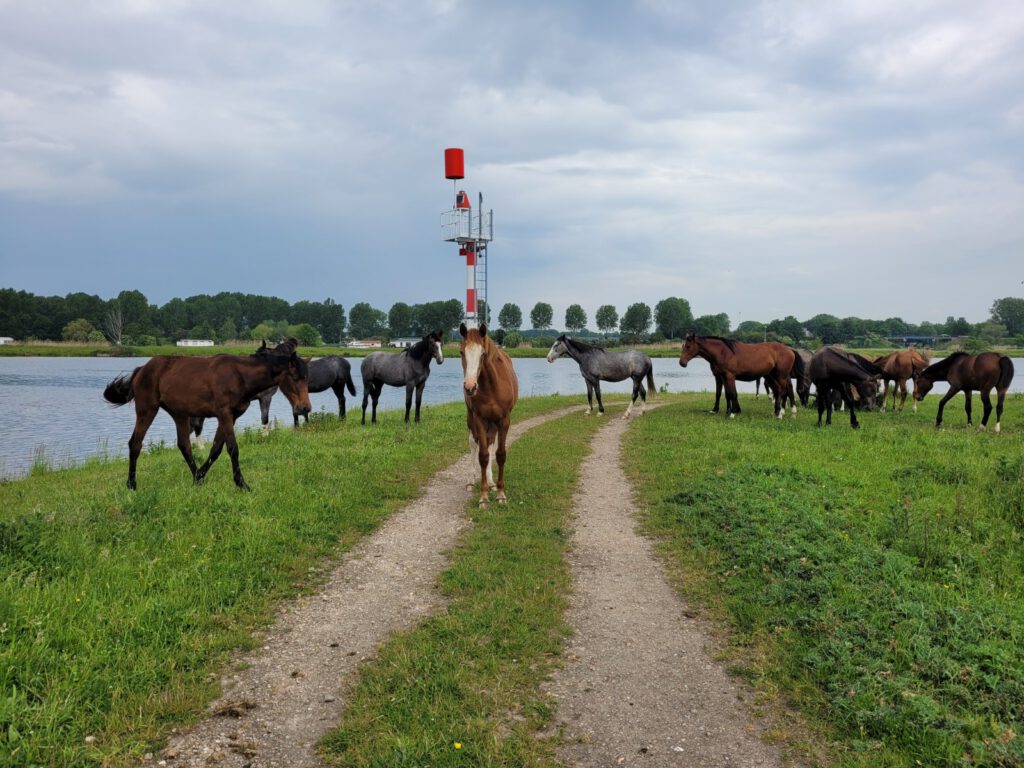
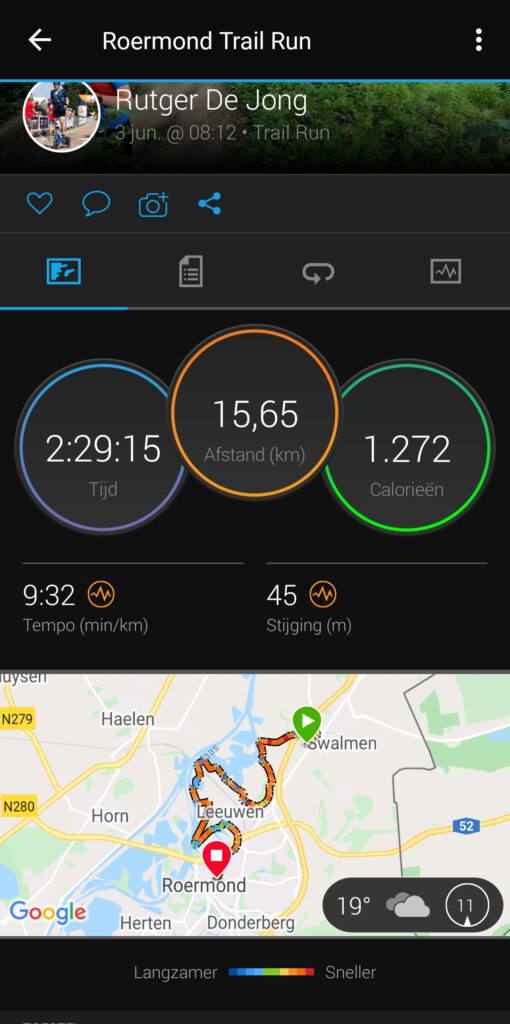
2 Replies to “Maas-Niederrheinpad: branden tussen Swalmen en Roermond”
Comments are closed.